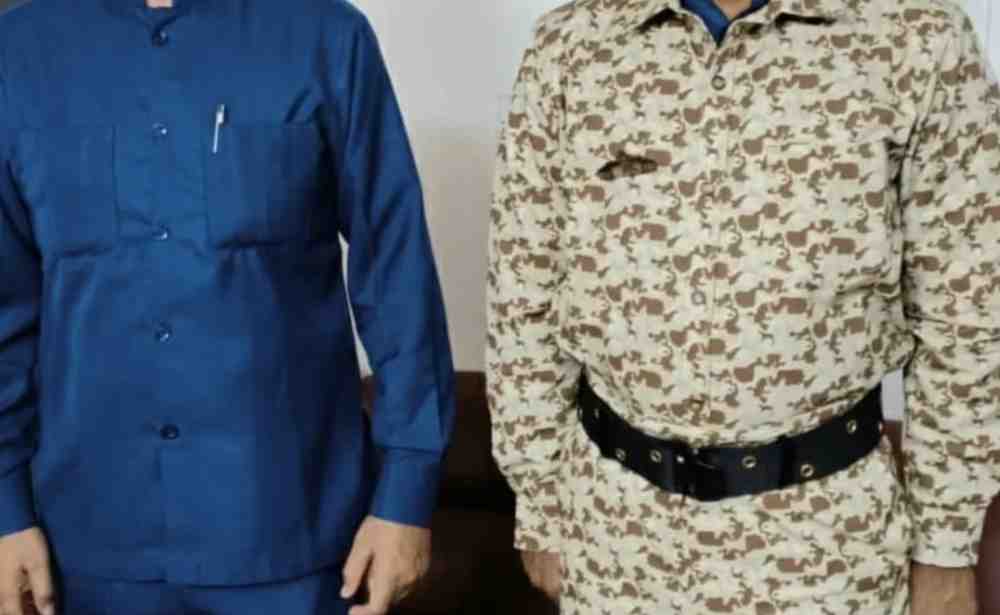Revamping the Dress Code for Parliament: A Step towards Tradition and Identity
In a significant move, the Indian Parliament is set to witness a change in its employees’ dress code during the forthcoming special session, commencing on September 18. This decision, introduced with the aim of promoting Indian culture and heritage, has not only sparked a political debate but also serves as a reflection of the nation’s evolving identity.
A Unified Dress Code
One of the most notable aspects of this change is the uniformity it brings. Previously, the employees of both Houses sported different attire, but with this new dress code, unity is established. This consistency signifies a step towards enhancing the Parliament’s image as a single legislative body, rather than two separate entities.

A Shift to Indian Tradition
The heart of this transformation lies in the adoption of traditional Indian attire. The attire for men includes cream-colored jackets adorned with a pink lotus, symbolizing India’s national flower. The khaki-colored trousers complement this distinctive look. For women, it’s an Indian saree, elegantly designed to maintain the cultural authenticity.
Designing Tradition
The design of these new uniforms has been carefully curated to incorporate elements of Indian culture. The National Institute of Fashion Technology (NIFT) has played a pivotal role in shaping these outfits. This move showcases a commitment to showcasing Indian heritage through fashion.
A Change for Security Personnel

Notably, even security officials will undergo a wardrobe shift. Instead of the blue safari suits, they will now don army camouflage fatigues. This alteration aligns their attire more closely with their roles, emphasizing preparedness and vigilance.
Reactions and Controversy
While the new dress code aims to promote tradition and culture, it has not been without controversy. The decision has led to political debates, with differing opinions on its necessity and timing. Some argue that the focus should be on pressing legislative matters rather than attire.
Promoting “Make in India”
One of the underlying motives behind this change is to promote the “Make in India” campaign. By opting for Indian traditional attire, the Parliament sends a powerful message about supporting local industries. The move is not just about clothing; it’s also a statement about encouraging the textile industry within the country.
A Glimpse into Indian Heritage

The cream-colored kurta and pajama worn by the marshals are emblematic of this shift towards tradition. These outfits replace the safari suit, emphasizing an Indian identity that aligns with the ethos of the nation.
Bureaucrats and Their Magenta Nehru Jackets
Another striking change is the attire for bureaucrats. The traditional bandhgala suits will give way to magenta or deep pink Nehru jackets, complemented by deep pink shirts. This alteration reflects the dynamic nature of Indian culture, which is both rich in tradition and open to evolution.
From Safari Suits to Tradition
The move away from safari suits, which were a symbol of bureaucratic formality, to these vibrant and culturally rooted outfits, represents a significant shift. It not only breaks from tradition but also marks a departure from the colonial vestiges of attire.
Tradition Meets Modernity

The decision to revamp the dress code for Parliament employees during the special session reflects a deeper sentiment – the harmonious blend of tradition and modernity. While it has stirred political debates, it is a manifestation of India’s rich cultural heritage and its commitment to support indigenous industries. This change sends a powerful message: India’s identity is dynamic, evolving, and firmly rooted in its heritage. As the special session unfolds, these new uniforms will not just be clothing; they will be a symbol of the nation’s unity, diversity, and cultural pride.
